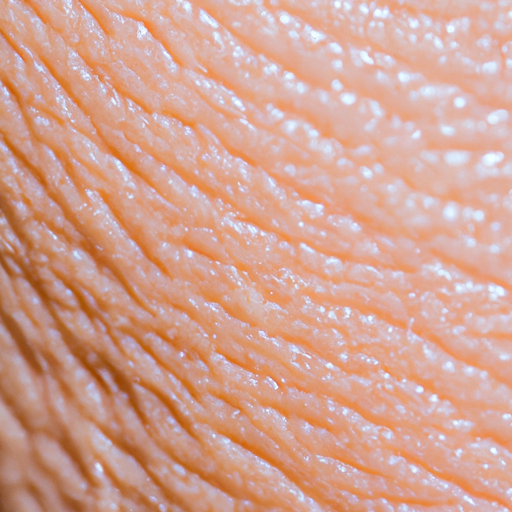As a doctor, I have always been fascinated by the human body’s ability to heal and rejuvenate itself. This natural process is the foundation of many medical treatments, including a revolutionary procedure known as fibroblast skin tightening. This treatment is a game-changer in aesthetic medicine, offering a non-surgical alternative to traditional facelifts and other skin tightening procedures.
Fibroblast skin tightening, also known as plasma skin tightening, is a minimally invasive procedure that uses the power of plasma to tighten and rejuvenate the skin. The term “fibroblast” refers to a type of cell in the body that produces collagen and elastin, the proteins responsible for maintaining our skin’s elasticity and firmness. As we age, the production of these proteins decreases, leading to sagging skin and wrinkles. Fibroblast skin tightening aims to stimulate these cells to increase collagen and elastin production, resulting in tighter, smoother skin.
The magic of fibroblast skin tightening lies in its use of plasma energy. During the procedure, a device called a plasma pen is used to create tiny micro-injuries on the skin’s surface. These micro-injuries trigger the body’s natural healing response, stimulating fibroblast activity and promoting new collagen and elastin production. The result is a natural lifting and tightening of the skin that can last up to three years.
One of the most significant advantages of fibroblast skin tightening is its non-surgical nature. Unlike traditional facelifts, which require incisions, anesthesia, and significant recovery time, fibroblast skin tightening is performed using a topical anesthetic and requires minimal downtime. Patients can typically return to their normal activities within a few days, making it an excellent option for those seeking a less invasive approach to skin rejuvenation.
Furthermore, fibroblast skin tightening can be used on various parts of the body, including the face, neck, stomach, and arms. This versatility makes it a valuable tool in the fight against aging, allowing doctors to address a wide range of skin concerns with a single procedure.
Despite its benefits, it’s important to note that fibroblast skin tightening is not a one-size-fits-all solution. The procedure’s effectiveness can vary depending on factors such as the patient’s age, skin type, and overall health. Therefore, it’s crucial to have a thorough consultation with a qualified medical professional before deciding on this treatment.
In conclusion, fibroblast skin tightening represents a new era in aesthetic medicine. By harnessing the body’s natural healing abilities, this innovative procedure offers a safe and effective alternative to traditional skin tightening treatments. As doctors, we are excited about the potential of fibroblast skin tightening to help our patients achieve their aesthetic goals without the need for invasive surgery.
However, as with any medical procedure, it’s essential to do your research and consult with a trusted medical professional. This ensures that you fully understand the procedure and its potential risks and benefits. With the right guidance, fibroblast skin tightening can be a powerful tool in your quest for younger-looking, healthier skin.
Unveiling the magic of fibroblast skin tightening is just the beginning. As we continue to explore and understand the body’s healing processes, we can look forward to even more innovative and effective treatments in the field of aesthetic medicine.



